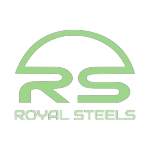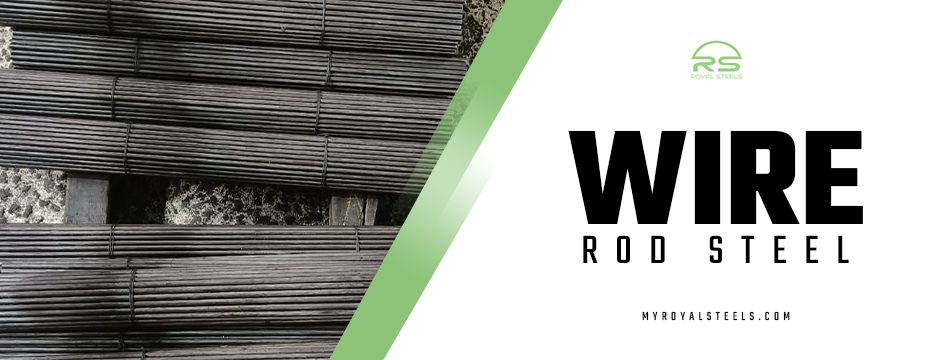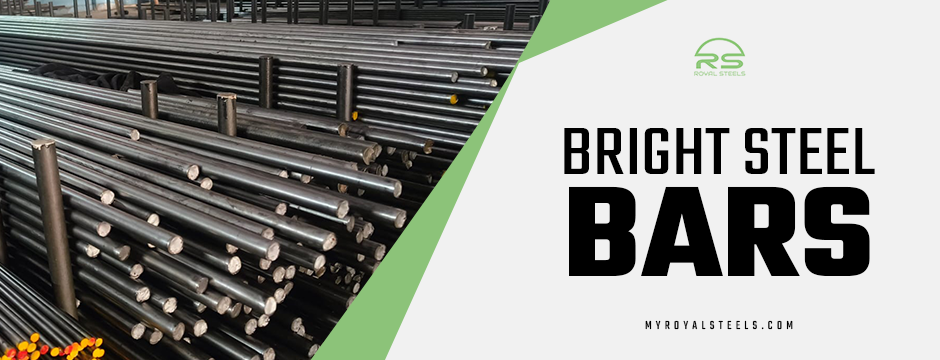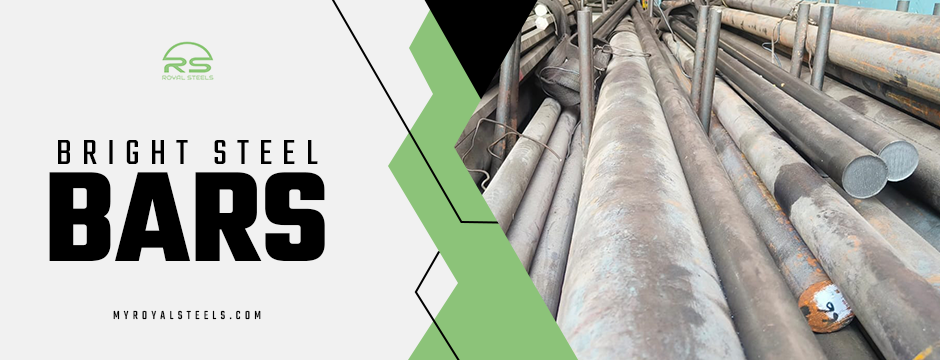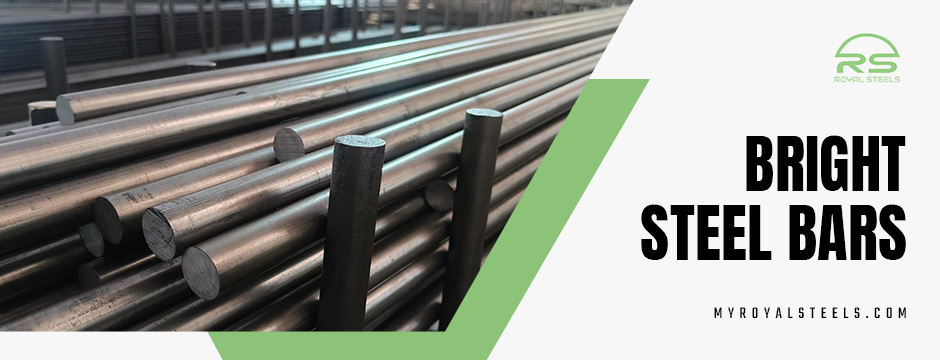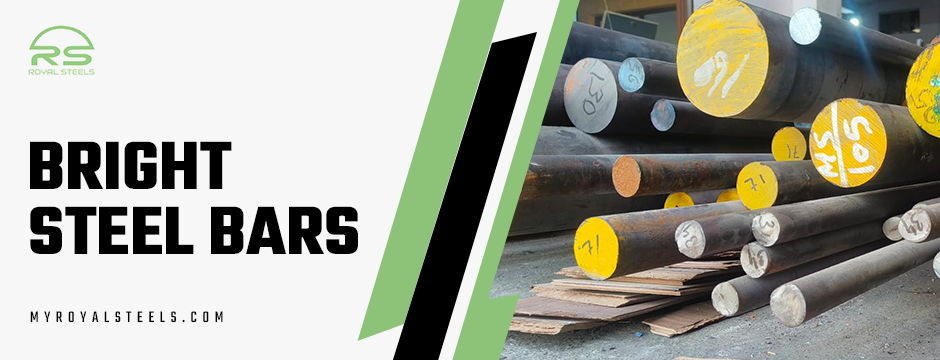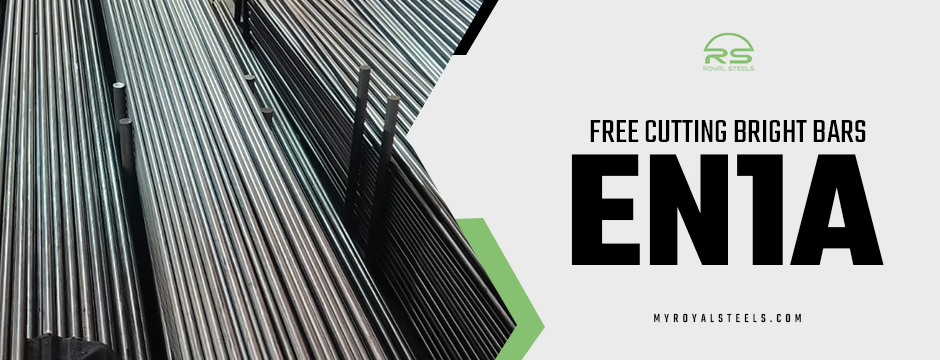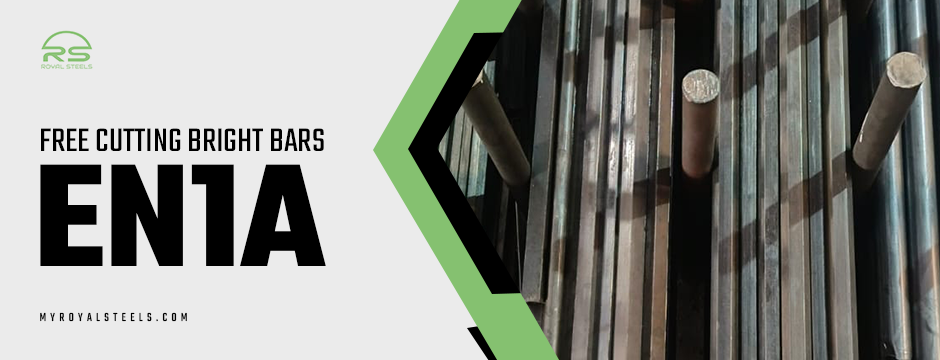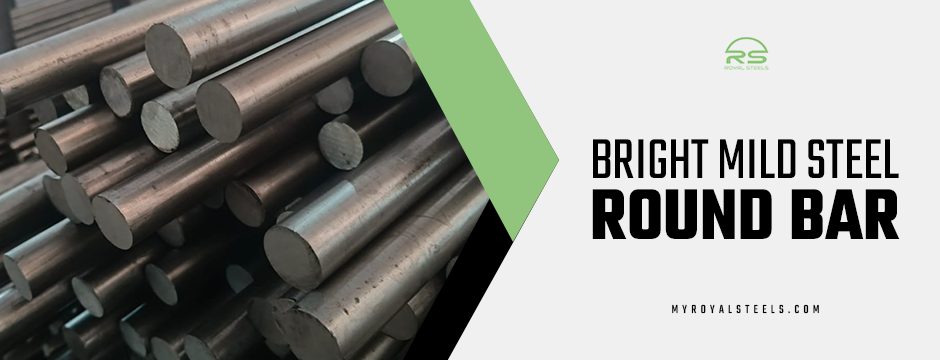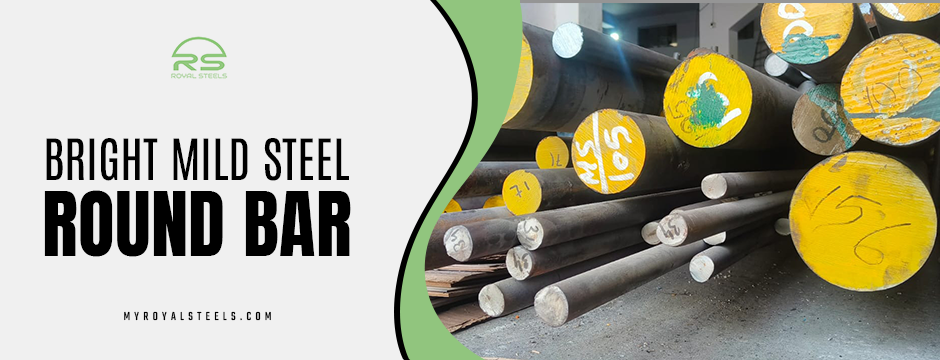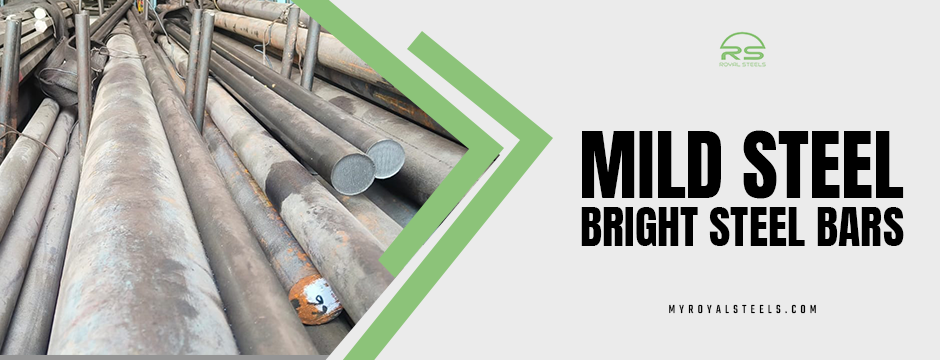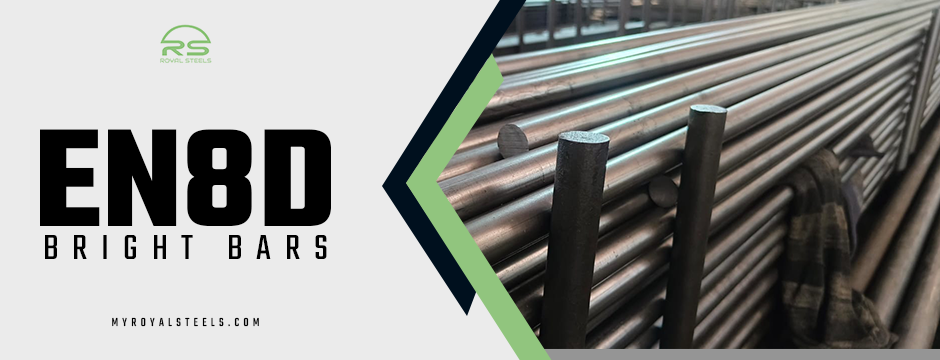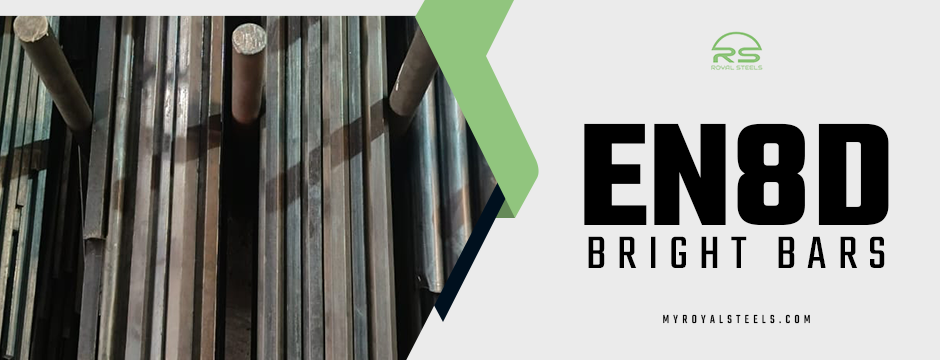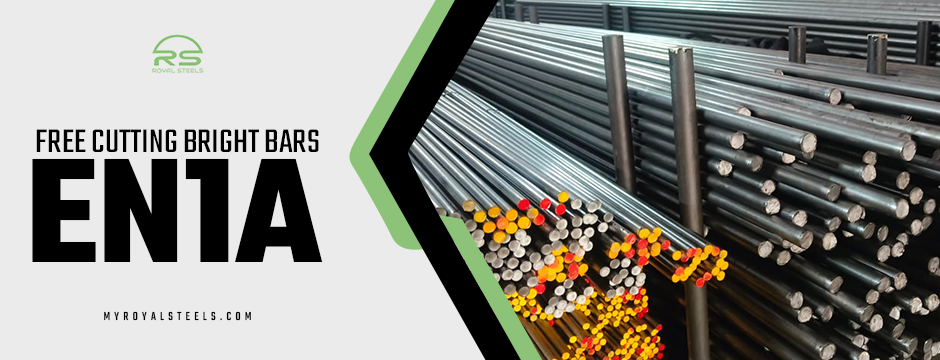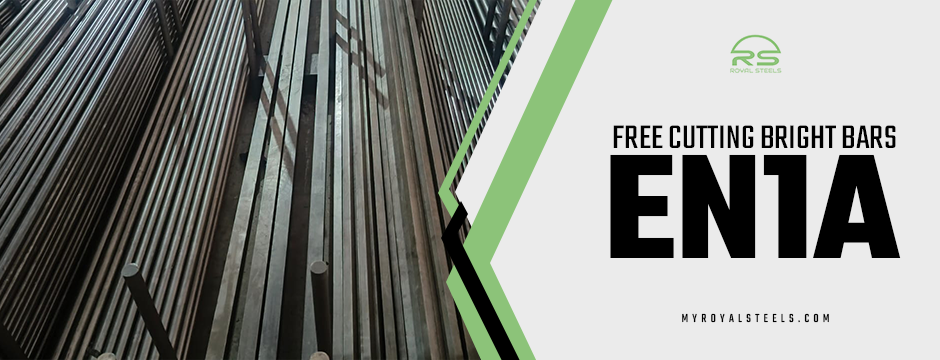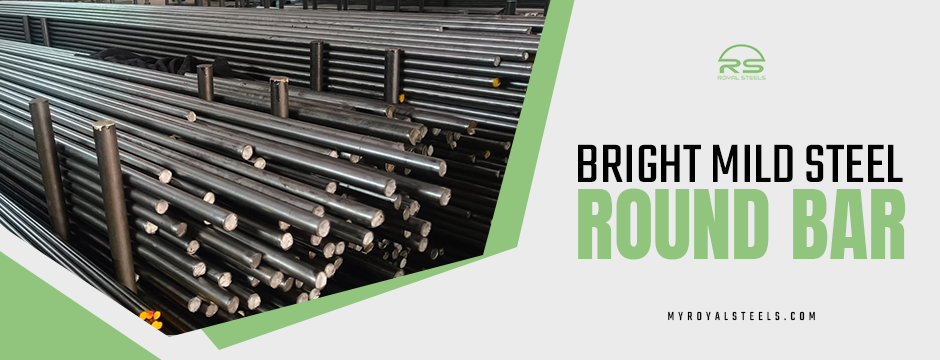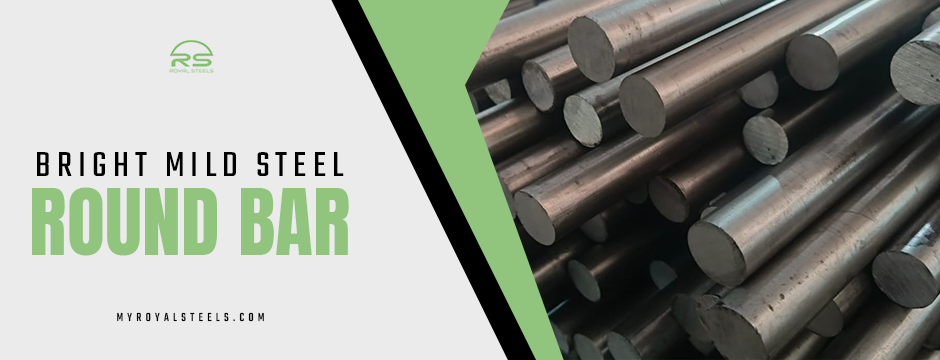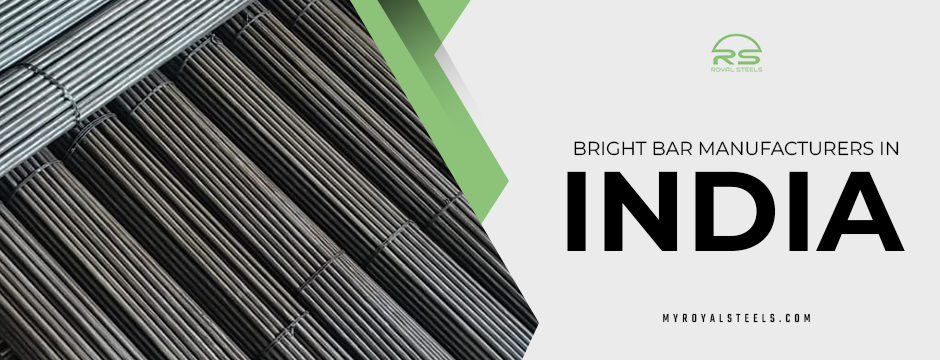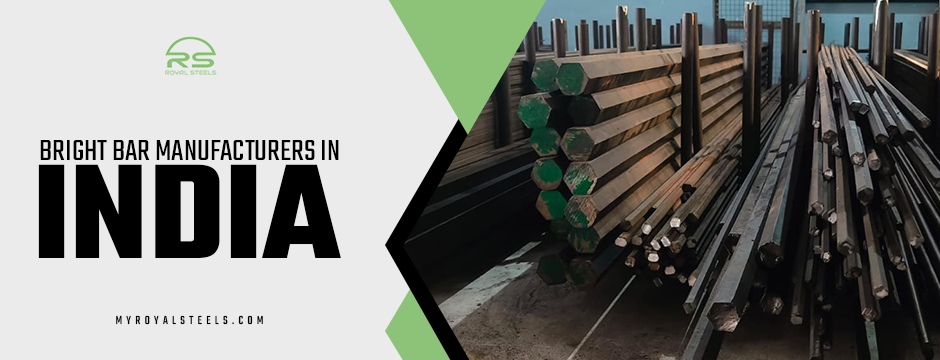Wire rod steel is crucial in multiple industries, including construction, automotive, machinery, and manufacturing. It is a component of many products (bolts, nuts, springs, fasteners, welding electrodes, etc.). Given its common use, any wire rod produced needs to meet worthy quality process specifications. Wire rod shows many defects, most of which reduce not only mechanical properties but also the safety and reliability of the end use.
As a manufacturer, quality control engineer, or purchasing agent, it is equally important to understand the most common defects in rod steel. More importantly, how to avoid defects. Defects can surface, such as scratches, laps, and other imperfections. Defects can also be internal, such as segregation or inclusions. Each of these defects has its own associated risk. As a wire rod manufacturer, defects can often be avoided by monitoring processing conditions, raw material quality, and handling practices.
Surface Cracking
One of the most frequent defects observed in wire rod steel is known as surface cracking, characterized by irregular fissures on the surface. Surface cracks can be a result of inappropriate rolling practices, or rapid cooling.
Causes:
- Poor descaling before rolling
- High cooling rates
- Inconsistent lubrication during rolling
- Thermal stress from sudden changes in temperature
Prevention:
- Use consistent preheating and cooling practices
- Use appropriate descaling practices such as high-pressure water jets
- Use appropriate rolling parameters and proper monitoring
- Provide enough lubrication to limit friction-related stress
Laps and Folds
Laps are folds of metal where one piece overlaps another without welding during rolling. Laps affect more than appearance – they significantly reduce structural integrity.
Causes:
- Billet had too much fill
- Incorrect roll pass design in rolling mills
- Rolling is at a low temperature
- Billet has a non-uniform surface
Prevention:
- Control billet geometry and temperature more uniformly
- Design roll passes appropriately
- Condition the surface, such as edge grinding or scarfing, to prepare billets
- Use inspection systems for billets automatically.
Seams
Seams are longitudinal surface defects that run along the wire rod and can propagate during cold drawing or forging, leading to material failure.
Causes:
- Defective billets
- Inclusions aligned along the rolling direction
- Improper billet conditioning
Prevention:
- Source billets from high-quality steel manufacturers
- Employ ultrasonic or eddy current testing to detect seams early
- Use vacuum-degassed steel for superior cleanliness
- Implement surface conditioning methods before rolling
Scale Pits
Scale pits are small depressions on the rod surface caused by oxide scales that become embedded during rolling.
Causes:
- Incomplete or uneven descaling
- Oxidation during hot rolling
- Prolonged exposure to air at high temperatures
Prevention:
- Optimise furnace atmosphere to reduce oxidation
- Implement high-efficiency water descaling systems
- Maintain consistent temperature control throughout the process
Internal Cracks and Porosity
These are non-visible defects that are not detected until the casting experiences catastrophic failure during use. They represent a serious hazard to safety and integrity in applications such as automotive parts and heavy equipment.
Causes:
- Gas entrapment during solidification/casting.
- Segregation of the alloying elements of the molten metal.
- Poor solidification.
- Poor secondary metallurgy.
Preventative Measures:
- Good casting practice by utilising vacuum degassing and argon stirring.
- Continuous casting (casting while purging off gas and performing a soft reduction zone).
- Casting with better mould designs that allow for uniform cooling.
- Ultrasonic inspection for internal damage.
Inclusions (Non-Metallic Particles)
Non-metallic inclusions such as sulfides, oxides, and silicates can likewise become trapped in the steel matrix, where they can create weak spots or lead to breakage.
Causes:
- Impurities in the raw materials.
- Improper deoxidization.
- Contaminated ladle/tundish lining.
Preventative Measures:
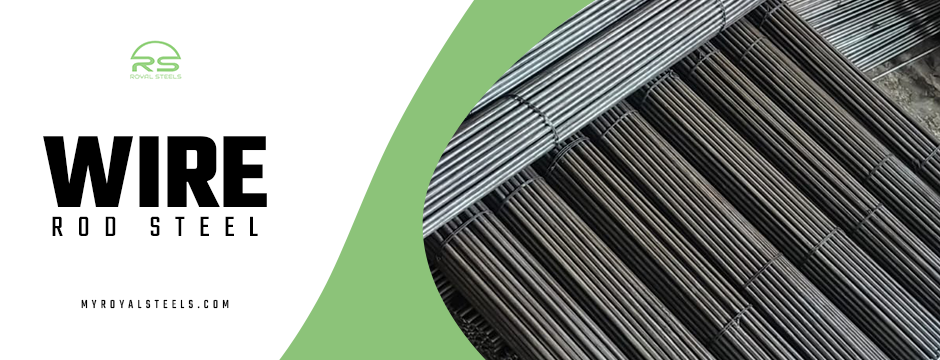
- Clean raw materials as best as possible, and refine before casting via ladle metallurgy.
- Strict slag control (such as the amount and quality of slag, making sure no reoxidization).
- Ensure ladles and tundishes are clean.
- Constant quality checks at each step of production.
Segregation
Segregation refers to the non-uniform distribution of alloying elements during solidification, resulting in hard and brittle zones.
Causes:
- Improper cooling rates
- Uneven temperature gradients during casting
- Inadequate stirring during solidification
Prevention:
- Apply electromagnetic stirring to ensure uniform composition
- Implement controlled and consistent cooling cycles
- Utilise secondary refining techniques
Ovality and Out-of-Roundness
Ovality occurs when the cross-section of the wire rod deviates from a perfect circle. This can cause problems during downstream forming or drawing processes.
Causes:
- Uneven rolling force
- Misaligned rolls
- Inadequate tension control
Prevention:
- Regularly calibrate rolling mills
- Use automatic dimension control systems
- Apply consistent tension and rolling force throughout the process
Bottom Line
Defects in wire rod steel can be costly, both in terms of operational efficiency and product safety. They compromise not just aesthetics, but also the physical and mechanical properties of the end-use components. As industries evolve toward tighter quality standards, the demand for precision-manufactured, defect-free wire rods has never been higher.
This is where Royal Steels stands out. With a strong commitment to metallurgical excellence, cutting-edge rolling technology, and rigorous quality control, we deliver premium rod steel that meets international benchmarks. Whether you need steel for construction, automotive, or industrial applications, partnering with us means investing in reliability, durability, and superior performance.
Frequently Asked Questions
The most common surface defects include cracks, laps, seams, and scale pits. These defects typically arise during the hot rolling process due to issues like improper temperature control, poor descaling, or incorrect rolling parameters.
Internal defects such as porosity, inclusions, and segregation are not visible to the naked eye. Detection methods include ultrasonic testing (UT), eddy current testing, and X-ray inspection. These non-destructive testing (NDT) techniques help ensure structural integrity.
Laps and folds form when the billet is overfilled, the rolling temperature is too low, or the pass design is faulty. These overlapping layers do not weld properly during rolling, creating weak spots on the rod surface.
Prevention requires a combination of best practices, including:
Using high-quality raw materials
Implementing advanced rolling technology
Maintaining proper temperature and cooling rates
Conducting regular inspections and quality control checks
Royal Steels is known for its stringent quality control, advanced metallurgical practices, and continuous investment in technology. Their wire rod steel undergoes thorough inspection at every stage, ensuring consistency, performance, and minimal defect rates across batches.
